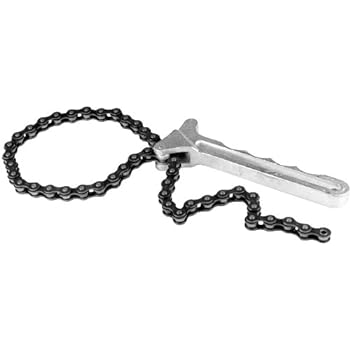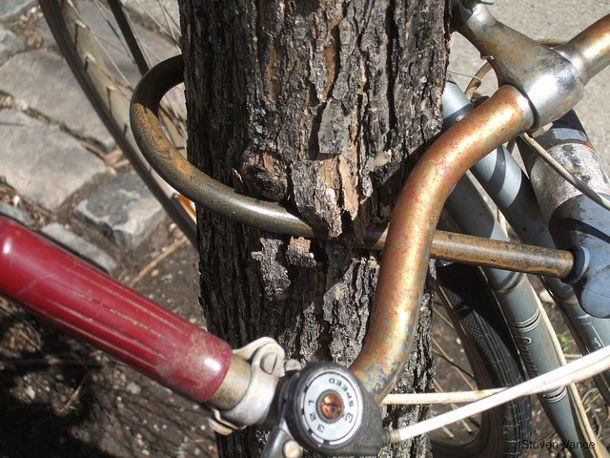peakbagger
ArboristSite Member
Hi All, I bought an 80 acre lot that got hammered by an ice storm back in 1998. It was mostly sugar maple but regenerated in some spots to almost total beech. There are many healthy mature beech that survived the ice storm but the regenerated beech is loaded with beech blight. There still are some young sugar maples, white and yellow birch so my hope is to encourage them until they can go dominant. I plan to cut the beech I can get to for firewood but there are many pockets that are inaccessible. My plan is to girdle them as if I dropped them it would create way too much fuel on the ground as the stands are quite dense.
Its a bit of hike up to the spots so lugging a chainsaw with me is not a preferred option. I have used a handsaw but its slow. Anyone have any suggestions on the best tool?. I have seen a specialized rig that has a blade that is dragged around the trunk but that sure looks like if might be good for young trees but not so sure on bigger trees. The one rig I am considering is a Lancelot carving tool http://katools.com/lancelot-squire-combo-kits/ which is essentially a chainsaw chain mounted on a disk that hooks up to an angle grinder. I have a portable angle grinder with two battery packs so that seems to be the best option.
Any other ideas?
Note some folks advocate just dropping them all and painting the stubs with chemicals but there is private well downhill so politically its best not to go that way. The forester that did my management plan is advocate of girdling over cutting as he feels there is less chance of sprouting.
Its a bit of hike up to the spots so lugging a chainsaw with me is not a preferred option. I have used a handsaw but its slow. Anyone have any suggestions on the best tool?. I have seen a specialized rig that has a blade that is dragged around the trunk but that sure looks like if might be good for young trees but not so sure on bigger trees. The one rig I am considering is a Lancelot carving tool http://katools.com/lancelot-squire-combo-kits/ which is essentially a chainsaw chain mounted on a disk that hooks up to an angle grinder. I have a portable angle grinder with two battery packs so that seems to be the best option.
Any other ideas?
Note some folks advocate just dropping them all and painting the stubs with chemicals but there is private well downhill so politically its best not to go that way. The forester that did my management plan is advocate of girdling over cutting as he feels there is less chance of sprouting.







